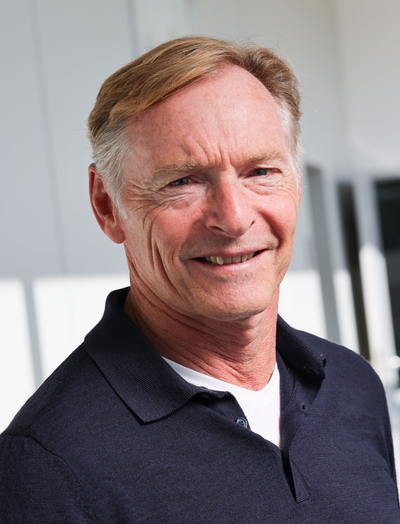Battery-Electric Panamera to Join Porsche Lineup in 2026Battery-Electric Panamera to Join Porsche Lineup in 2026
The battery-electric luxury liftback will share Porsche’s Scaleable Systems Platform Sport with the second-generation Taycan and newly announced K1 crossover-style SUV.

Porsche is preparing to add a battery-electric Panamera to its lineup in 2026 as part of a new “electrified luxury” plan that aims to see the German automaker offer up to six electric models by the end of the decade.
The upmarket liftback, which will offer the choice of either a single- or dual-motor drivetrain as well as a further developed 800V battery with more energy-efficient cell technology and a higher-silicon-content anode than that used by Porsche today, is being developed alongside the upcoming second-generation Taycan BEV.
“We are targeting higher-margin segments in particular and aim to tap into new sales opportunities in this way,” Oliver Blume, Porsche and parent company Volkswagen Group CEO, says of the decision to build on the success of the Taycan with a BEV version of the larger Panamera.
The two Porsche battery-electrics will share key structural, drivetrain and chassis components as well as a newly developed electric architecture planned to support L3 autonomous driving functionality, 5G-enabled digital features and an operating system designed in partnership with VW Group’s CARIAD division.
The Panamera BEV will be sold alongside a facelifted version of the existing second-generation model launching in 2023. It is planned to be produced until 2030 on an extended model cycle, Porsche sources say, thus offering the choice of a traditional internal-combustion engine, plug-in hybrid or all-electric power, depending on the market and regulatory framework.
The zero-emission Panamera shares styling with its ICE and PHEV siblings, mirroring plans for the Macan and Cayenne, which are set to go electric in 2024 and 2025, respectively.
“There will be some unique design elements within the front and rear ends,” says a highly placed Porsche source. “However, the plan is that the core Panamera design will be the same for both variants.”
At this early stage, it is unclear whether Porsche plans to mirror the strategy of the existing Panamera and Taycan with two distinct body styles, liftback and wagon, for its latest electric model.

Porsche Taycan Sport Turismo
Unlike the upcoming facelifted version of today’s ICE and PHEV Panamera models based on Porsche’s MSB platform, the BEV will be underpinned by a new electric platform.
The engineering for the electric Panamera is twinned with that of the new Taycan due out in 2027. Both are based on a sporting version of the VW Group’s new Scalable Systems Platform (SSP) being developed by Porsche.
The so-called SSP Sport structure adopts the backbone of the SSP architecture to be used by other, more volume-oriented electric-powered VW Group models. It is to be combined with what has been described to Wards as “Porsche-specific modules.”
Among the key architectural developments being pushed by Porsche for the sporting version of the SSP Sport platform are a low floor thickness and rear footwells (foot garages, as they are known at Porsche) similar to those of the J1 platform used by the existing Taycan. They are described as being crucial to providing the new BEV with characteristic Panamera packaging and a low center of gravity.
While still in the infancy of development, suggestions are the electric Panamera will boast a wheelbase and overall length similar to the existing long-wheelbase model sold in China, at 122.0 ins. (3,099 mm) and 204.6 ins. (5,197 mm), respectively, placing it in direct competition with the likes of the Mercedes-AMG EQS53 and Lucid Air in terms of size.
By comparison, the existing Taycan has a 114.2-in. (2,901-mm) wheelbase and is 195.4 ins. (4,963 mm) long.
While the Panamera BEV and second-generation Taycan will be based on the SSP Sport platform, the Macan and Cayenne BEVs will use the Premium Platform Electric (PPE) architecture.
The first model to be underpinned by the SSP Sport platform, though, will be Porsche’s recently announced seventh model line: a large 200-in. (5-m) -plus, 7-seat SUV confirmed to debut “around the middle of the decade.” Codenamed K1, it is planned to be produced at Porsche’s Leipzig factory in Germany, the site Porsche sources say will receive the contract to produce the Panamera BEV.
As with the existing Taycan, Porsche is expected to launch a full range of battery-electric Panamera models with the single-motor, rear-wheel-drive Panamera and S as well as the dual-motor, all-wheel drive 4S, GTS, Turbo and Turbo S.

Porsche timeline
About the Author
You May Also Like

